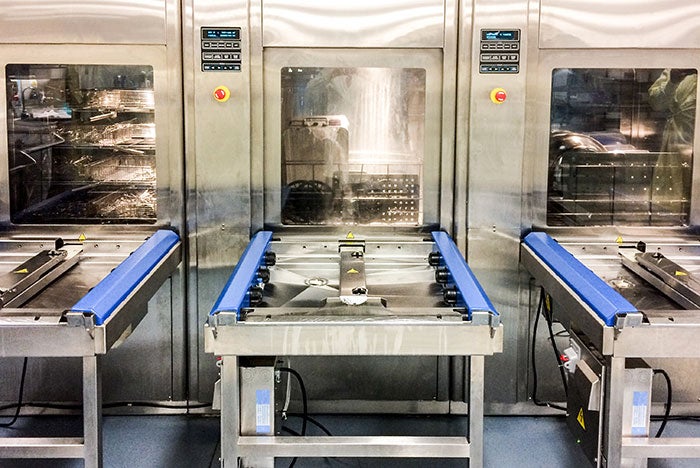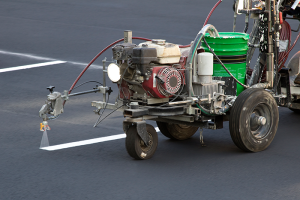Florida hospital achieves significant water reduction

Florida Hospital Kissimmee achieved savings with its plumbing choices.
Florida Hospital Kissimmee is located roughly 20 miles south of Orlando. Recently, a new 80-bed patient tower opened at the hospital and is in the final stages of the U.S. Green Building Council’s LEED for Healthcare v2009 certification process.
Thoughtful design and coordination with users helped the project to achieve a 21 percent reduction in the use of flush fixtures and a 23 percent reduction in the use of flow fixtures.
For the flush fixtures, high-efficiency fixtures were installed in all public restrooms and patient water closets. The water use for a low flush is 1.1 gallons per flush (gpf) and 1.6 gpf for a full flush. Also, in the public areas, high-efficiency urinals were installed, with a 0.125 gpf.
The flow fixtures provided a more complex challenge. Patient safety is the priority in health care facilities, something important to remember during design and specification.
Because LEED exempts caregiver faucets, the project team focused on the faucets in public lavatories, patient restrooms, residential showers and kitchen sinks in the staff lounges and break rooms.
The public lavatory faucets met the baseline of 0.5 gallons per minute (gpm), so there was no savings to be realized there, but it was made up in the patient bathrooms and lounges.
The patient faucets and the lounge faucets are designed to be 1.5 gpm, surpassing the baseline and saving 0.7 gpm in the process. The real savings is in the patient room showers, where a 2.0-gpm shower head is installed.
The average time a patient takes to shower is 480 seconds, according to LEED. Consequently, comparing against the baseline of 2.5 gpm, each shower use will save 4 gallons of water.





